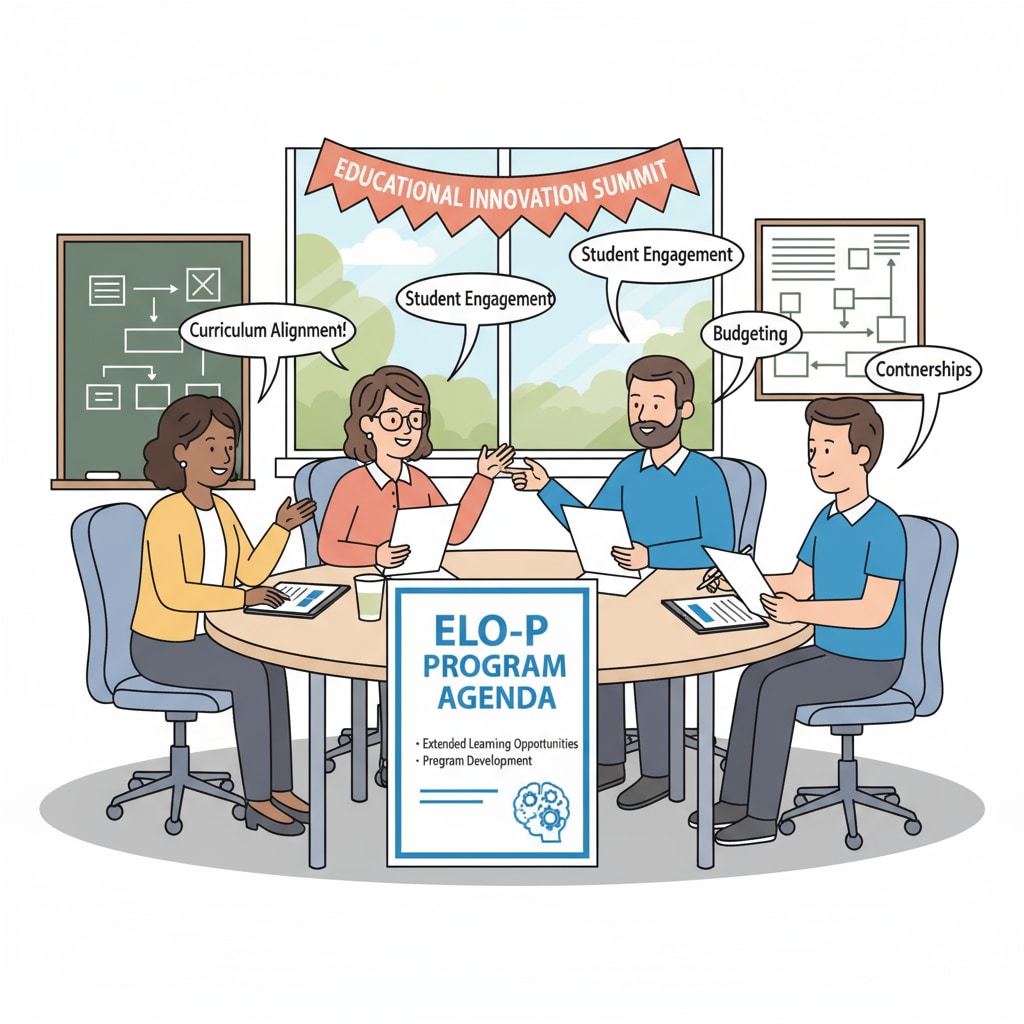Education funding, ELO-P, and expanded learning opportunities are at the heart of California’s educational reform efforts. The Expanded Learning Opportunity Program (ELO-P) in California has been a significant initiative in the K12 education domain. This program aims to reshape the educational landscape by providing students with more learning time and resources.

The Genesis of ELO-P
The ELO-P was born out of the recognition that many students in California were not getting sufficient learning opportunities during regular school hours. For example, students from disadvantaged backgrounds often lacked the additional support needed to catch up or excel. As a result, the state decided to allocate more education funding to this program. According to Wikipedia’s Education in California page, the initiative was a response to the growing demand for enhanced educational experiences.
Educators’ Perspectives on the Benefits
Educators see numerous benefits in the ELO-P. Firstly, it allows for more individualized attention. Teachers can spend extra time with students who are struggling or those who want to explore advanced topics. In addition, the program offers a chance to incorporate a wider range of extracurricular activities. These activities can enhance students’ creativity and social skills.

For instance, art, music, and sports programs are often part of the expanded learning opportunities. As stated on Britannica’s Education page, a well-rounded education includes both academic and non-academic aspects.
Another advantage is that ELO-P helps in building stronger school-community relationships. Parents and community members are more involved in these extended learning sessions, creating a more collaborative educational environment.
The Challenges Faced by Educators
However, educators also encounter challenges with ELO-P. One major issue is the proper allocation of resources. With limited education funding, it can be difficult to ensure that all schools and students receive an equal share. Some schools may struggle to afford quality instructors for the expanded learning activities. Moreover, coordinating the schedules of teachers, students, and community volunteers can be a complex task.
There is also the concern of maintaining the quality of education during these extended hours. Teachers need to ensure that the additional learning is not just a filler but a meaningful extension of the regular curriculum.
Evaluating the Outcomes of ELO-P
Evaluating the outcomes of ELO-P is crucial. So far, there have been some positive signs. Student engagement has increased in many schools, and there are reports of improved academic performance in certain subjects. However, more long-term studies are needed to fully understand the impact. Educators play a key role in this evaluation process, as they are on the ground and can observe the changes in students’ behavior and learning.
Readability guidance: By using short paragraphs and lists, we have presented the key aspects of ELO-P from educators’ perspectives. The lists help in summarizing the benefits, challenges, and evaluation points. The use of transition words like ‘however’, ‘for example’, and ‘in addition’ makes the flow of the article smooth. We have also kept the passive语态 to a minimum and maintained an appropriate sentence length.


